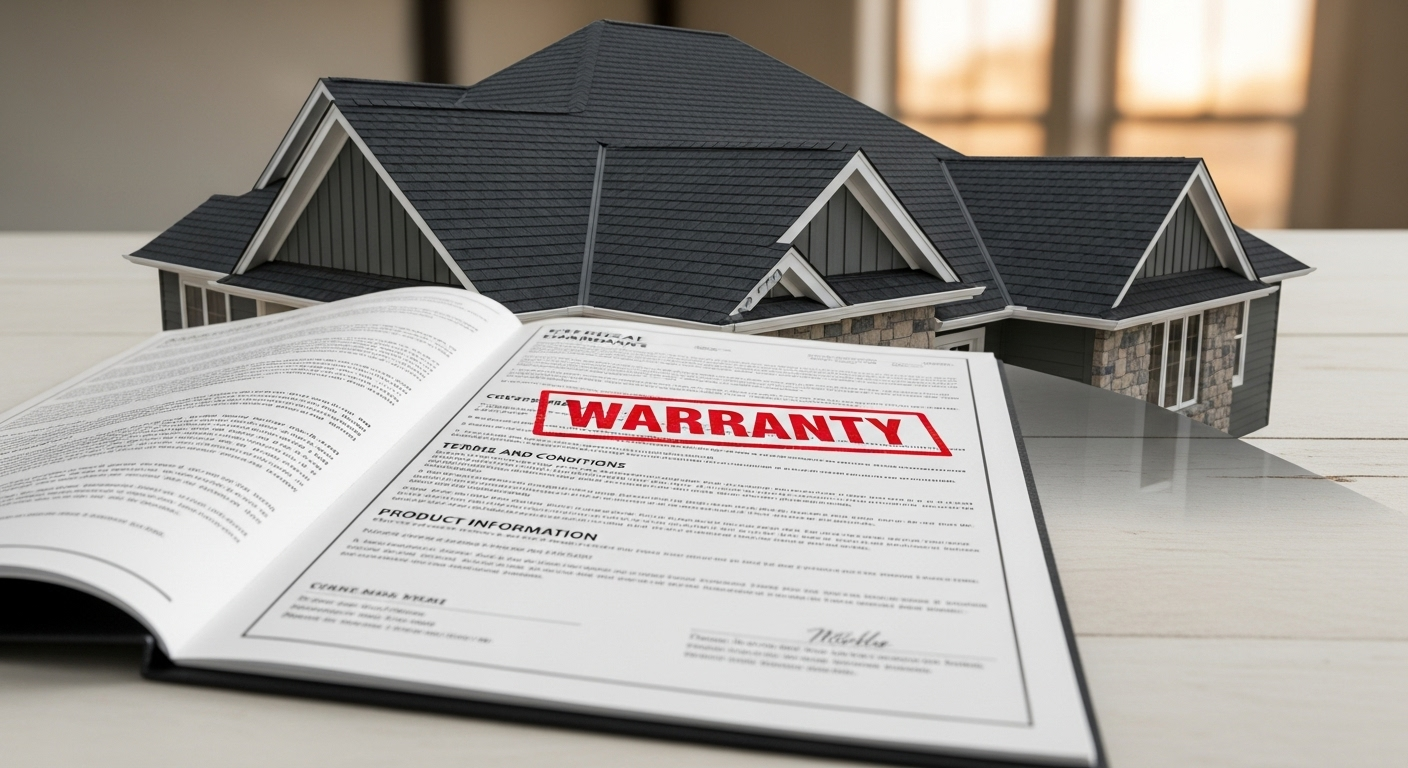
A roof is one of the most important investments you will ever make in your home. It shields everything inside from the elements, keeps energy bills under control, and adds curb appeal. Yet many homeowners overlook the second most important part of a roofing project: the warranty. Without the right warranty, you could end up paying thousands for problems that appear just a few years later. Understanding your roof repair warranty is the key to protecting your investment.
Why Every Roof Needs Warranties
No matter how skilled the contractor or how expensive the materials, roofing systems face constant stress. Sunlight, wind, rain, snow, and temperature swings all work against your roof every single day. Over time, even the best shingles and flashing can fail. That’s why reputable roofing companies back their work with warranties.
A strong warranty gives homeowners confidence. It means that if something goes wrong because of poor installation or defective materials, the cost of roof repair won’t come entirely out of your pocket. Think of it as a safety net. Without it, every leak, blister, or crack could turn into a financial headache.
Many homeowners also wonder, does home warranty cover roof repairs or leaks? In most cases, home warranties offer limited coverage, and it often depends on the policy. Some include roof leak repair under “structural protection,” while others exclude roofing entirely. That’s why knowing the difference between a roofing company’s warranty and a home warranty policy is critical.
What Problems Does a Roof Warranty Cover
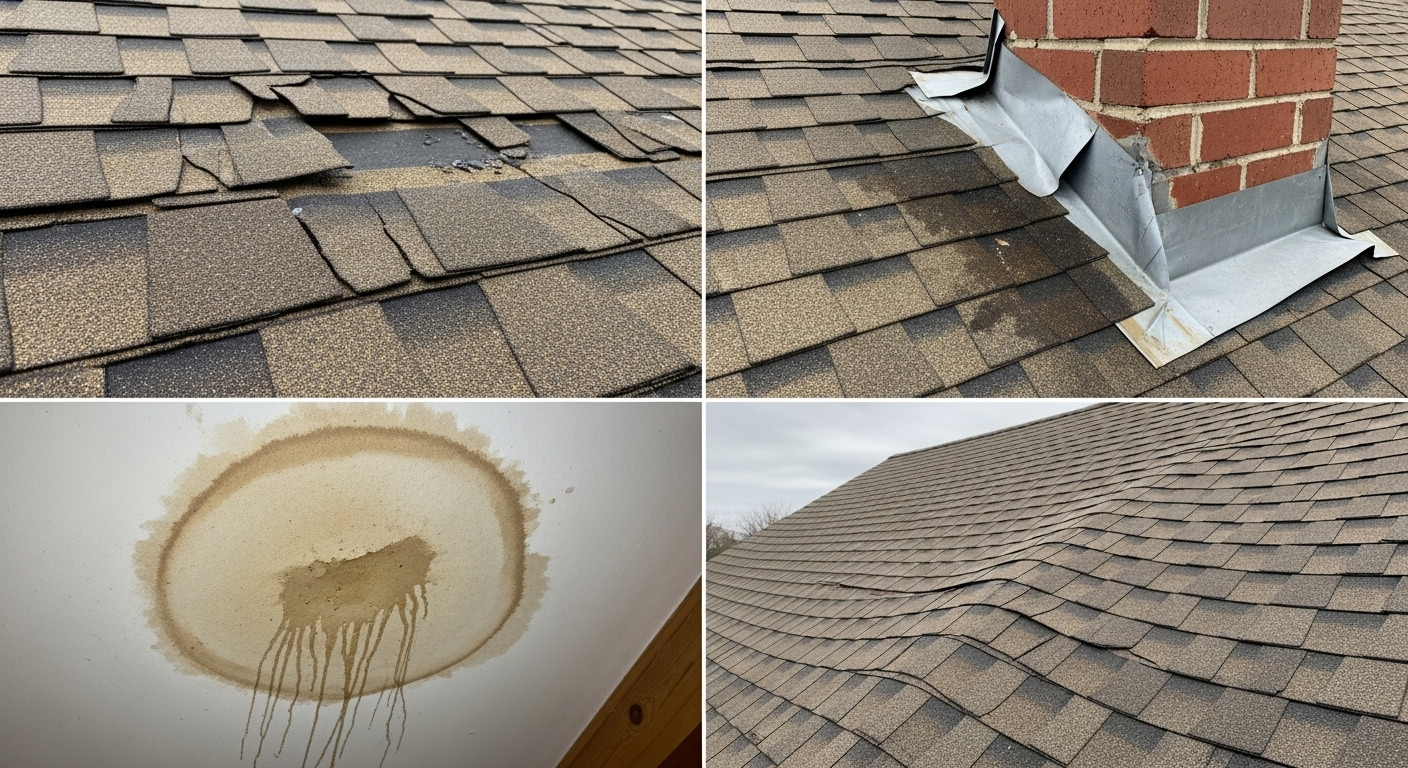
Not all roof warranties are the same, and the coverage they provide depends on the type. Some focus only on product quality, while others also protect against installation mistakes. To make sense of it, it helps to look at the common categories one by one.
Material Defects
The most common coverage in roofing warranties comes from manufacturers. These warranties protect against material defects. If shingles curl, crack, blister, or lose granules far earlier than expected, the manufacturer may pay for replacements. This type of coverage ensures that the product you bought performs to its advertised standard. Without it, homeowners could be stuck paying out of pocket for materials that should never have failed.
Installation Errors and Workmanship Issues
Not every problem stems from the shingles themselves. Many roof failures occur because of installation errors. This is where a workmanship warranty becomes essential. If flashing wasn’t sealed correctly, nails were misplaced, or underlayment was improperly installed, leaks can form quickly. A workmanship warranty ensures that your contractor will repair these mistakes at no additional cost. Together, manufacturer and contractor coverage form the strongest safety net for homeowners.
Reading the Fine Print
It’s important to remember that coverage varies widely. Some warranties only provide material replacement and leave you responsible for labor costs. Others may cover both, but reduce the level of protection after a certain period. These prorated warranties still offer help, but at a decreasing percentage each year. A typical roof warranty should at least cover defects that cause leaks or premature failure. The best plans combine manufacturer protection with contractor-backed workmanship guarantees for complete peace of mind.
The Question of Home Warranties
Another common point of confusion is whether a home warranty covers roofing. Many homeowners ask, does home warranty cover roof leaks? Policies vary, but most standard home warranties do not pay for full roof replacements. Some may provide partial coverage for minor repairs if leaks occur due to normal wear and tear. But coverage limits are often low and won’t come close to the cost of a major fix.
If your roof suffers storm damage – such as wind tearing off shingles or hail breaking through the surface – that’s almost always handled by homeowner’s insurance, not a home warranty. This difference is critical to understand. Home warranties are designed to cover appliances, HVAC systems, or plumbing breakdowns, not structural roofing issues.
Reading the Fine Print
It’s important to remember that coverage varies widely. Some warranties only provide material replacement and leave you responsible for labor costs. Others may cover both, but reduce the level of protection after a certain period. These prorated warranties still offer help, but at a decreasing percentage each year. A typical roof warranty should at least cover defects that cause leaks or premature failure. The best plans combine manufacturer protection with contractor-backed workmanship guarantees for complete peace of mind.
Here’s a quick comparison of common warranty types so you can see how they differ at a glance:
|
Warranty Type
|
What It Covers
|
What It Doesn`t Cover
|
Typical Length
|
Who Provides It
|
|
Manufacturer (Material)
|
Defects in shingles, tiles, or panels
|
Storm damage, poor installation
|
20-50 years (sometimes “lifetime”)
|
Manufacturer
|
|
Workmanship
|
Installation errors (flashing, nails)
|
Normal aging, weather events
|
5-10 years (sometimes longer)
|
Contractor
|
|
Home Warranty
|
Minor roof leak repairs (rare)
|
Full replacement, storm damage
|
1 year renewable
|
Third-party warranty company
|
|
Insurance
|
Storm, fire, or disaster damage
|
Material defects, poor workmanship
|
Policy term
|
Homeowner`s insurance provider
|
How Long is a Roof Warranty
One of the first details homeowners want to know is how long protection lasts. The answer depends on both materials and workmanship. Manufacturers love to advertise “lifetime warranties,” but these don’t always mean your roof is covered for life. Instead, they often mean coverage lasts as long as you own the home, but with conditions. After a certain period, the coverage usually becomes prorated.
Roof Warranty Length for Different Materials
Different roofing materials carry different warranty lengths. Asphalt shingles, the most common in the U.S., typically come with 20-30 year warranties from manufacturers. Higher-end architectural shingles may carry longer coverage, sometimes advertised as lifetime. Metal roofing often comes with 40-50 year protection, while tile and slate may exceed that.
It’s worth noting that while manufacturers can promote long coverage, it doesn’t guarantee the roof will perform flawlessly for that time. The actual lifespan depends on climate, installation quality, and maintenance. That’s why asking how long is a roof warranty should be paired with a deeper look at what conditions apply.
5 Year Workmanship Warranty Roofing Standards
When it comes to roof installation, many contractors provide a 5-year workmanship warranty for roofing. This covers issues like improper sealing, nail pops, or flashing errors. Some companies extend workmanship protection to 10 years or more, which is a strong sign of confidence in their crews.
A workmanship warranty is essential because most roof problems come from poor installation, not bad materials. A shingle may last 30 years on paper, but if it’s nailed incorrectly, it can fail in just a few seasons. That’s why picking a contractor who stands behind their work matters as much as the shingles you choose.
Lifetime Warranties That Aren’t Really Lifetime
The phrase “lifetime warranty” sounds unbeatable, but homeowners need to be cautious. In many cases, “lifetime” is defined by the expected life of the product, not your life or the life of your house. Some manufacturers consider 25-30 years a lifetime. Others prorate heavily after the first decade, meaning your coverage shrinks every year.
When evaluating roof warranty length, always ask how the coverage changes over time. Does it remain full for the first 10 years, then prorate? Does it transfer to the next homeowner if you sell? These details separate a strong warranty from marketing hype.
Material Warranty Protection
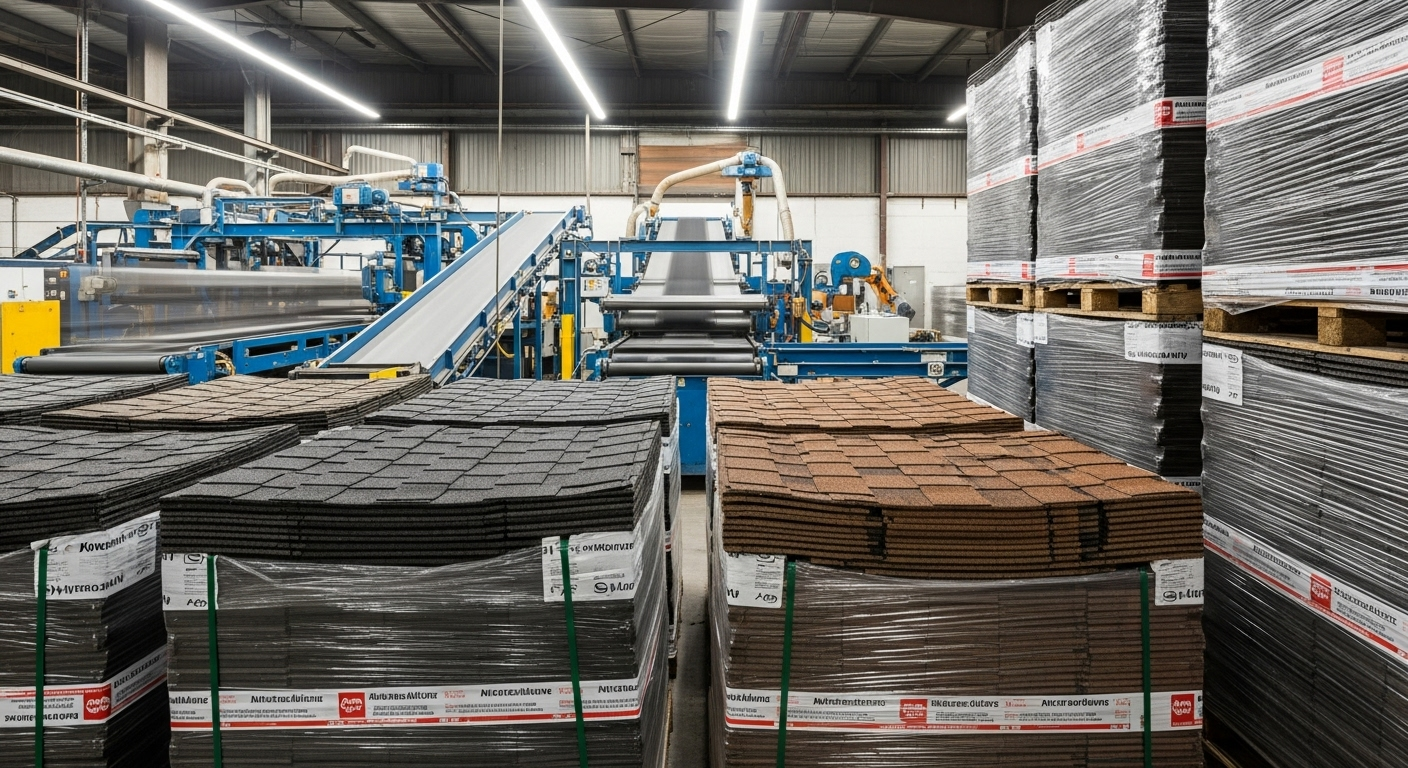
Material warranties are usually the foundation of a roofing protection plan. These are offered directly by the manufacturer of shingles, tiles, or panels. They ensure that the product you purchased was made to last under normal conditions. If the shingles start cracking, blistering, or losing granules well before their expected lifespan, the manufacturer will step in.
However, not all material warranties are created equal. Some only replace the defective shingles, leaving you to pay labor costs. Others cover both product and labor for a limited time. A standard roof warranty from a leading manufacturer will typically promise at least 20 years of material protection. High-end products may carry much longer terms, but as we mentioned earlier, “lifetime” rarely means unlimited.
The bottom line is this: a material warranty protects you from manufacturing defects, but it doesn’t cover every possible problem. If a storm rips off half the roof, that’s insurance territory. If a contractor cuts corners and shingles blow away, that’s workmanship. Knowing what falls under each type of warranty saves time and avoids frustration.
Roofing Workmanship Warranty
A workmanship warranty comes directly from the roofing contractor. It guarantees that the installation meets industry standards and the manufacturer’s requirements. Without it, even the best shingles can fail. Workmanship coverage is often where homeowners get the most value because poor installation is one of the leading causes of leaks and premature failure.
A strong contractor will stand behind their work for years. Some companies offer a 5-year workmanship warranty roofing plan, while others extend it to 10 years or more. This shows confidence in their crew’s ability to do the job right. It also protects the homeowner from costly repairs caused by sloppy installation.
When evaluating workmanship warranties, ask questions. What specifically is covered? Does it include flashing, ventilation, and underlayment? Are repairs made at no cost if leaks appear? The more detail a contractor provides, the more you can trust that they take their responsibilities seriously. A typical roof warranty without a workmanship component leaves you exposed, so never skip this layer of protection.
What Roof Warranties Never Cover
It’s just as important to know what’s excluded. Many homeowners are surprised when their warranty claim is denied because they didn’t read the exclusions. Manufacturers and contractors alike put limits on what they’ll cover.
Here are common exclusions:
- Storm or disaster damage. Hail, high winds, or fallen trees fall under homeowner’s insurance, not a warranty.
- Improper maintenance. If moss is left to grow unchecked and causes damage, the warranty may be void.
- Unauthorized repairs. If you hire an unqualified handyman to patch a leak, it can cancel your protection.
- Normal aging. Warranties don’t cover natural wear that occurs over decades.
This is why a home warranty that covers roof replacement is rare. Most home warranties only offer very limited roof coverage, if at all. They might repair a small leak under specific conditions, but full replacements almost never qualify. Knowing this difference saves you from disappointment later.
Homeowners often ask, what does a roof warranty cover if not everything? The answer is clear: it covers specific problems tied to defects or workmanship mistakes. Everything else, from acts of nature to neglect, is your responsibility.
Getting the Most From Your Roof Warranties
Once you understand what’s covered and what isn’t, the next step is maximizing the value of your warranties. That means documenting your roof’s installation, keeping receipts, and registering the warranty with the manufacturer if required. Many manufacturers ask homeowners to register their warranty within a certain time frame. Missing that step could limit your coverage.
Regular inspections also play a role. If your warranty says you must maintain the roof, have a professional inspect it every few years. Keep written records and photos of those inspections. This creates proof that you upheld your end of the agreement.
Another smart move is clarifying transferability. If you sell your home, can the warranty transfer to the new owner? Many warranties lose their value during resale if they aren’t transferable. A transferable roof repair warranty adds resale appeal and shows future buyers that your home is well-protected.
How to Protect Your Roof Warranty
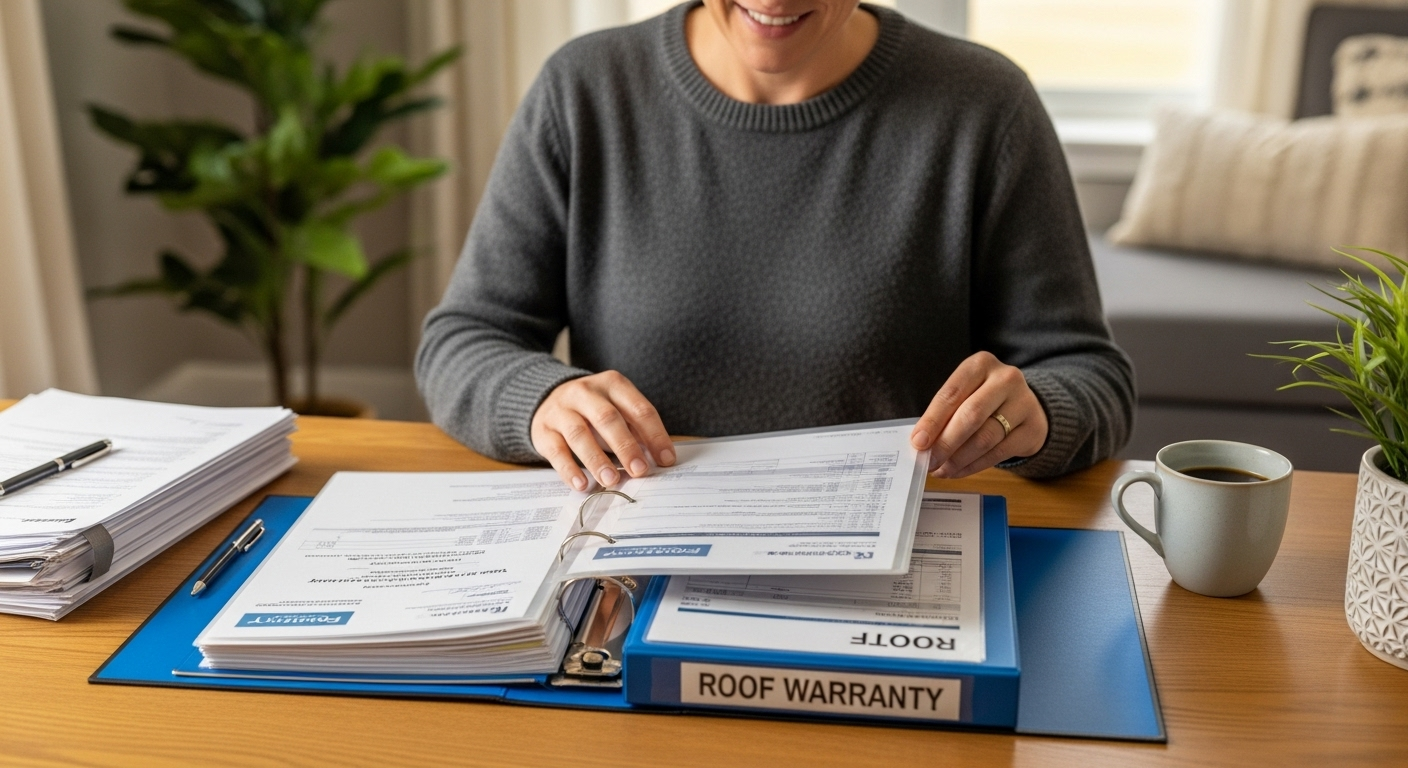
A warranty is only valuable if it remains valid. Too many homeowners discover the fine print after it’s too late. Protecting your warranty is about following rules, documenting care, and avoiding shortcuts.
First, always hire certified contractors for repairs. Manufacturers often require that any work done on the roof be performed by licensed professionals. If you let an unqualified handyman patch a leak, you could void coverage. This rule applies to even small fixes.
Second, keep your roof clean. Debris, moss, and clogged gutters cause water backup that leads to leaks. If damage occurs because of neglect, the warranty likely won’t pay. Many homeowners ask, does home warranty cover roof leaks caused by clogged gutters? The answer is almost always no. Keeping gutters clear and shingles clean is your responsibility.
Third, schedule regular inspections. Many contractors recommend checking the roof at least once a year, ideally in spring or fall. Written inspection reports show that you took maintenance seriously. If you ever file a claim, this record strengthens your case.
Finally, register your warranty with the manufacturer if required. Some companies won’t honor a claim unless you filed paperwork shortly after installation. Take ten minutes to register – it could save you thousands later.
Choosing Contractors With Warranties That Matter
Not all roofing contractors treat warranties the same way. Some provide minimal coverage, while others go above and beyond. Choosing a contractor with strong warranties is one of the most important steps in the entire roofing process.
Start by asking about workmanship guarantees. A reliable company won’t hesitate to offer at least a 5-year workmanship warranty roofing plan. The best will extend this even further. Short-term guarantees are a red flag – they suggest the contractor doesn’t trust their own work.
Next, review how the contractor handles manufacturer warranties. Are they certified by leading shingle makers? Many manufacturers only honor their standard roof warranty if the installation was completed by an approved contractor. Certification ensures both coverage and proper installation techniques.
Transparency also matters. A trustworthy roofer explains clearly what does a roof warranty covers and what it excludes. They don’t hide details in fine print. Instead, they walk you through the paperwork and answer every question.
If you live in a state with extreme weather, contractor choice becomes even more important. In New Jersey, for example, roofs face harsh winters and hot summers. These conditions test both materials and workmanship. A roofer who stands behind their work with strong warranties protects your home from more than just rain – they protect it from climate realities.
Finally, consider long-term support. A contractor who has been in business for decades is more likely to honor a typical roof warranty than a fly-by-night company. Warranties are only as good as the company standing behind them.
Expert Advice to Protect Your Roof Investment
A roof is more than shingles nailed to plywood – it’s your home’s first defense and a major investment. The right warranty ensures that the investment is safe. Without it, you’re left vulnerable to repair bills that could cost thousands.
Here’s what to remember:
- Material warranties cover defects in the shingles or panels themselves.
- Workmanship warranties protect you from poor installation.
- Home warranties rarely cover full roof replacement, though some may patch leaks.
- A roof repair warranty is strongest when backed by both the manufacturer and contractor.
- Always ask, how long is a roof warranty, and look beyond the marketing promises of “lifetime.”
Roof warranties can feel overwhelming, but with the right knowledge, you can cut through the confusion. Pay attention to length, coverage details, and exclusions. Hire contractors who stand behind their work. Document everything. These steps transform a piece of paper into real protection.
At American Quality Remodeling, we believe warranties aren’t just fine print – they’re promises. Promises that your home will be protected, your investment will last, and your family will feel secure under your roof.
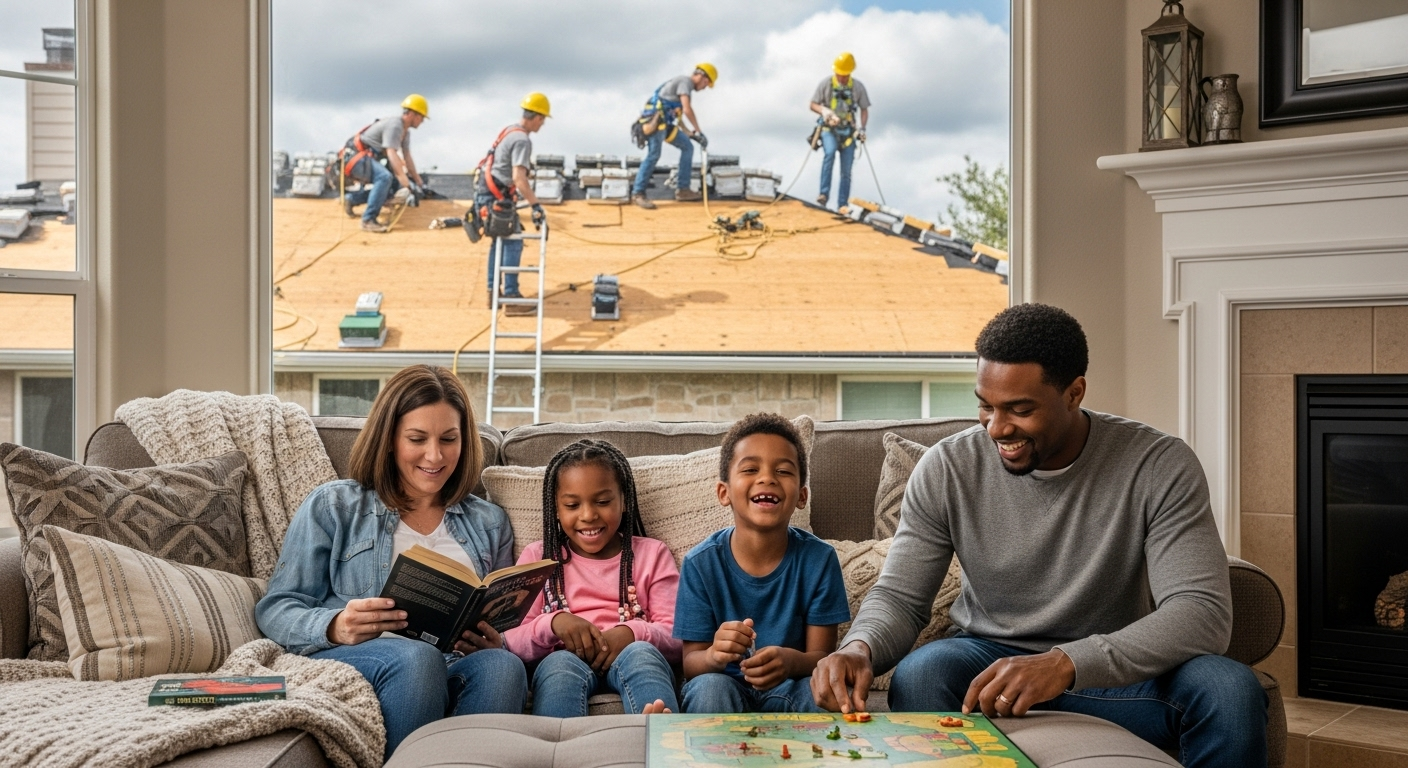
 10 min read Oct 27, 2025
10 min read Oct 27, 2025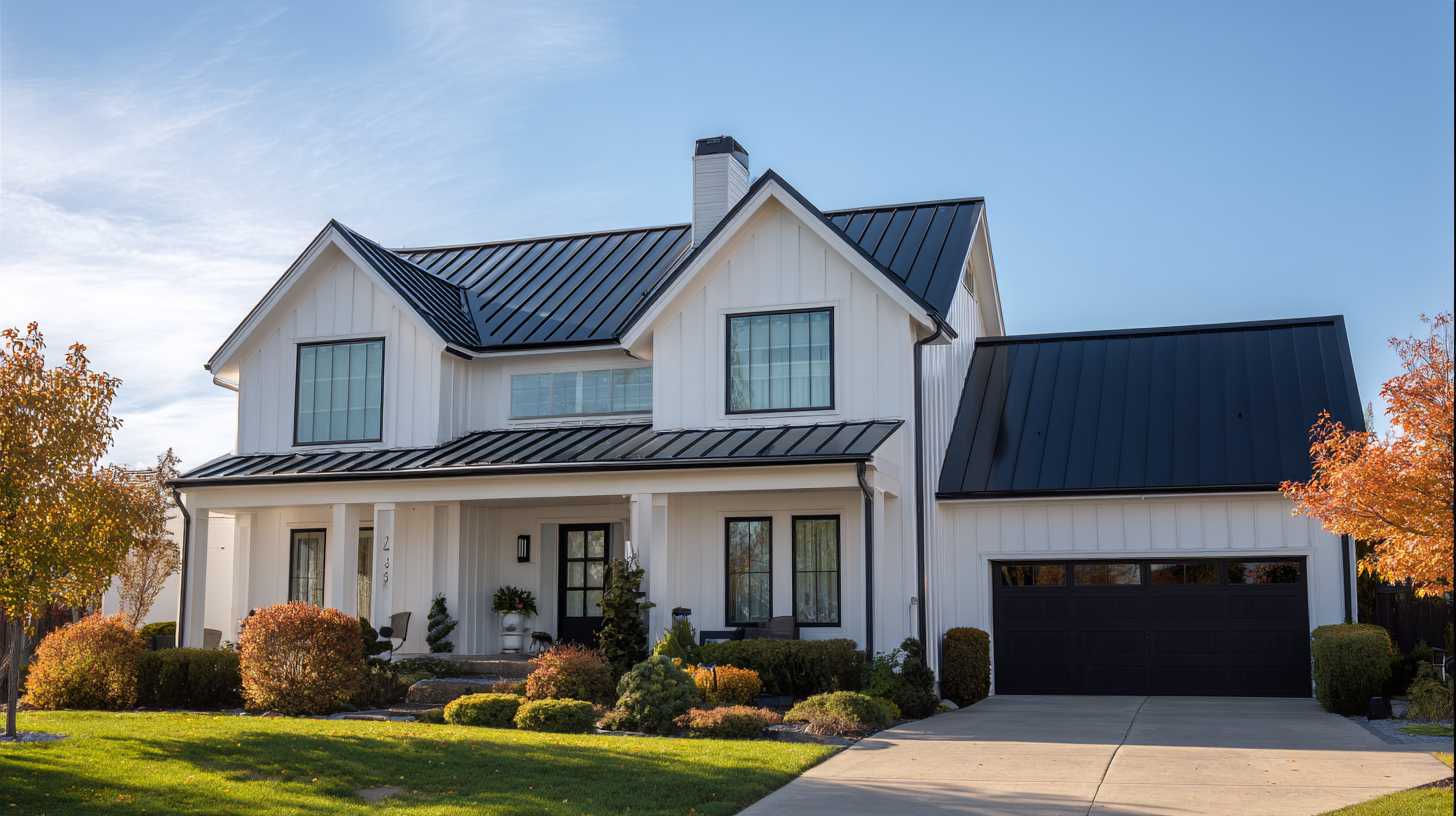 10 min read Oct 20, 2025
10 min read Oct 20, 2025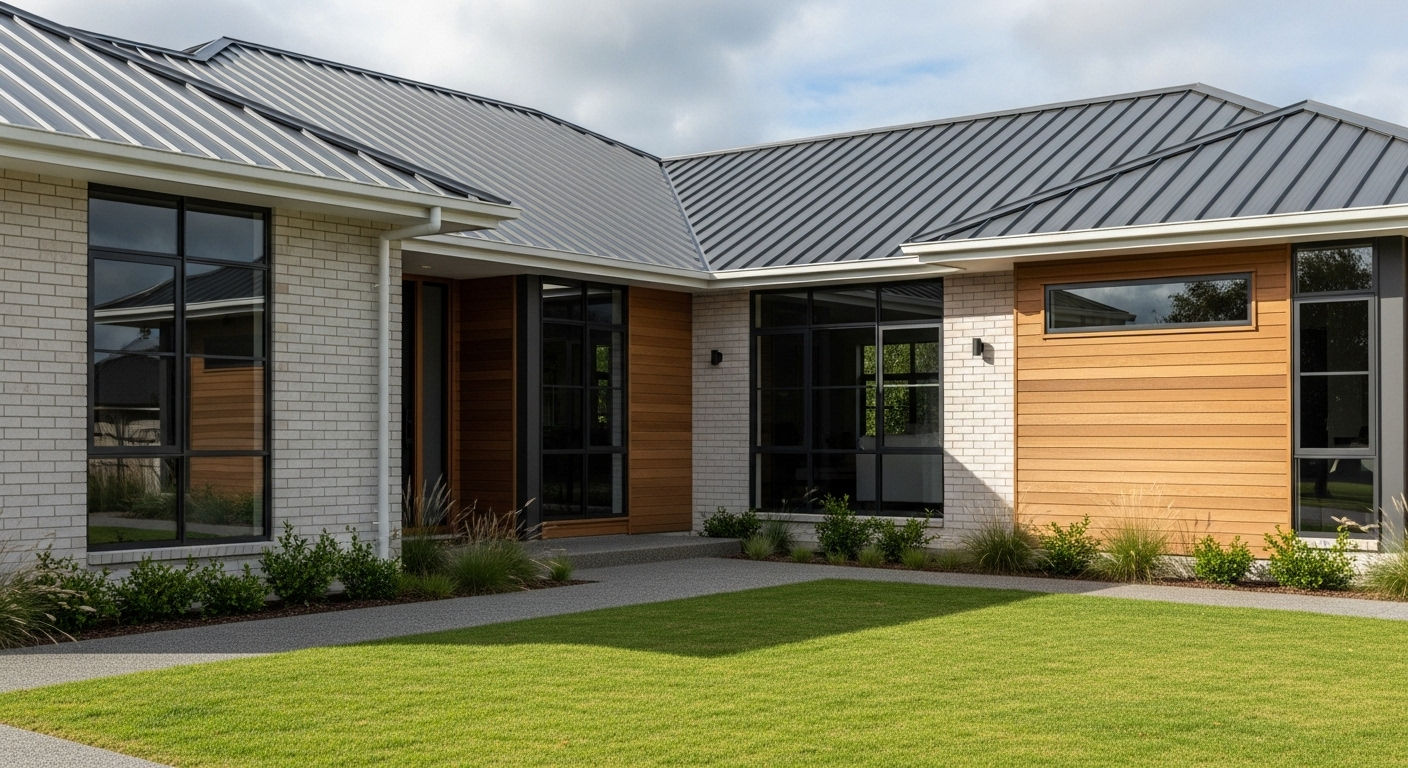 10 min read Oct 17, 2025
10 min read Oct 17, 2025






